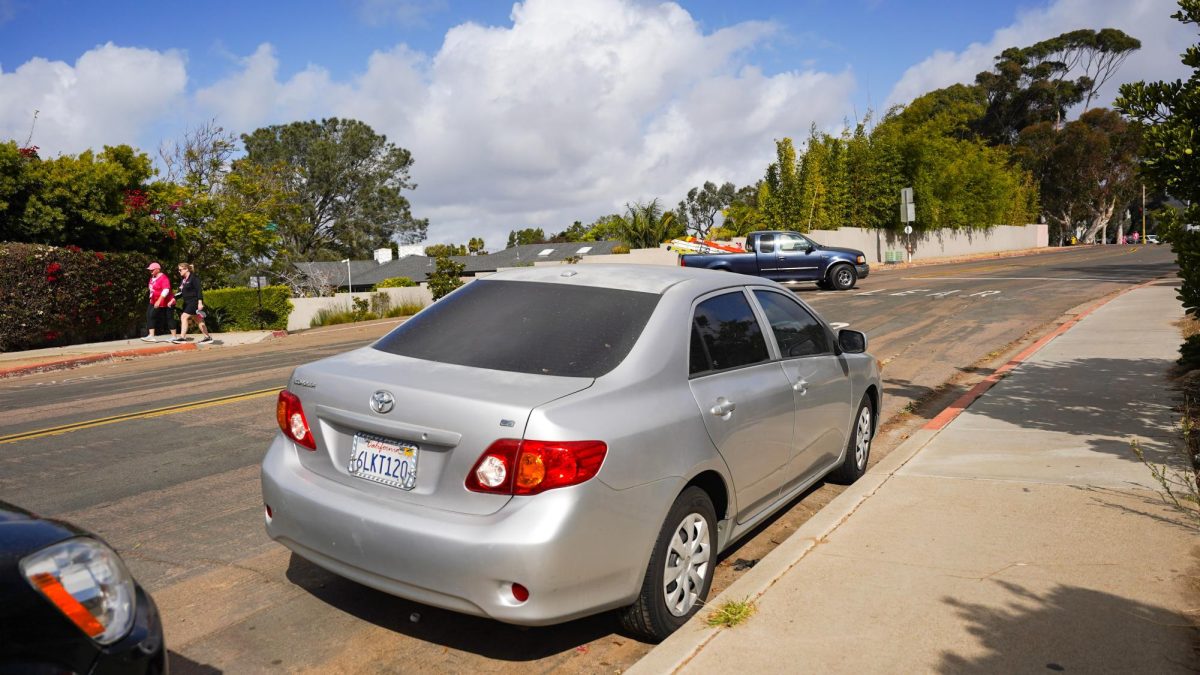Beginning Jan. 1, 2025, California will implement a “daylighting” law to make parking within 20 feet of any marked or unmarked curb near intersections illegal, even if the curb isn’t painted red.
“Daylighting” refers to enhancing the safety and vision of other vehicles by prohibiting parking near crosswalks and intersections. The term “daylighting” is taken from California’s Vision Zero initiative which aims to reduce and eliminate traffic fatalities and severe injuries.
There will be a 60-day grace period between Jan. 1 and March 1 before enforcement begins. The proposed fine is $65; this is more than a parking ticket for an expired meter but less than other red curb violations. A state-mandated surcharge of $12.50 is added to the $65 fine, making the total citation amount come out to around $77.50.
This results from the passing of Assembly Bill 413, introduced by Assemblymember Alex Lee (D) of Milpitas; Governor Gavin Newsom signed the bill into law on Oct. 10, 2023, following a substantial majority in the Senate (29-7) and Assembly (57-18). Implementation of this law is required by all cities in California.
According to the Federal Highway Administration, approximately half of all traffic-related injuries occur near intersections. Assemblymember Lee stated that the purpose of the law is to improve visibility for drivers, pedestrians, and bicyclists by keeping a clear zone on the approach side of intersections.
Lee stated in a press release Oct. 10, “AB 413 will save lives and make our streets safer for everyone. … By increasing critical visibility of our streets, this bill will help prevent fatal accidents.”
San Diego City Council President Pro Tempore Joe LaCava discussed options for new measures aimed at reducing potential collisions at intersections by improving visibility, in accordance with the new law, during the Nov. 13 City Council Budget and Government Efficiency Committee hearing.
The law was met with a majority satisfaction, with LaCava stating, “As a civil engineer, we’ve long tried to increase visibility for cars as they approach intersections, but we haven’t really been very good about increasing visibility for pedestrians and bicyclists.”
However, LaCava also raised concerns about the implementation of the daylighting law, highlighting potential confusion among drivers.
“I’m a little concerned that the typical driver will not know where that 20-feet [mark] is because it’s from an unmarked crosswalk. Where do you put an unmarked crosswalk?” he continued.
LaCava represents District 1, which includes UC San Diego, and will wait for the Department of Transportation to clarify the precise measurements of 20 feet, specifically for unmarked curbs, to ensure violations are understood and enforced consistently.
UCSD commuters have expressed difficulties parking off campus beyond the available on-campus parking the school provides. Fourth-year Victor Ku, a commuter student, is concerned that the law will exacerbate existing parking problems.
“Oftentimes, I feel like a vulture scouting the area and immediately act on it the moment I see someone starting to leave their parking spot,” Ku said.
“Because [the law] reduces the amount of space to park, there will most definitely be a negative impact when trying to park, as a commuter student,” Ku says. “Already, it’s incredibly difficult to find parking to begin with, and by instilling this law, it will only get worse for street parking, which makes up the vast majority of free parking next to UCSD.”
Fourth-year Anjolie Ly, another commuter student, offered an alternative solution.
“While I believe pedestrian safety is also an important issue, I think that there could be better ways of fixing this issue, such as more flashing stop signs. Instead, students have to worry about finding a spot to park and make it to class in time because of lost spaces by the law,” Ly said.
In a recent city council meeting, Beth Nocon, the parking program manager at the Office of the City Treasurer, shared that San Diego’s Department of Traffic Engineering will begin painting curbs red to indicate prohibited parking spaces, especially in densely populated areas.
However, all curbs will not necessarily be marked, meaning that drivers will still have to be cognizant of their parking before, during, and after the warning period before March 1.











